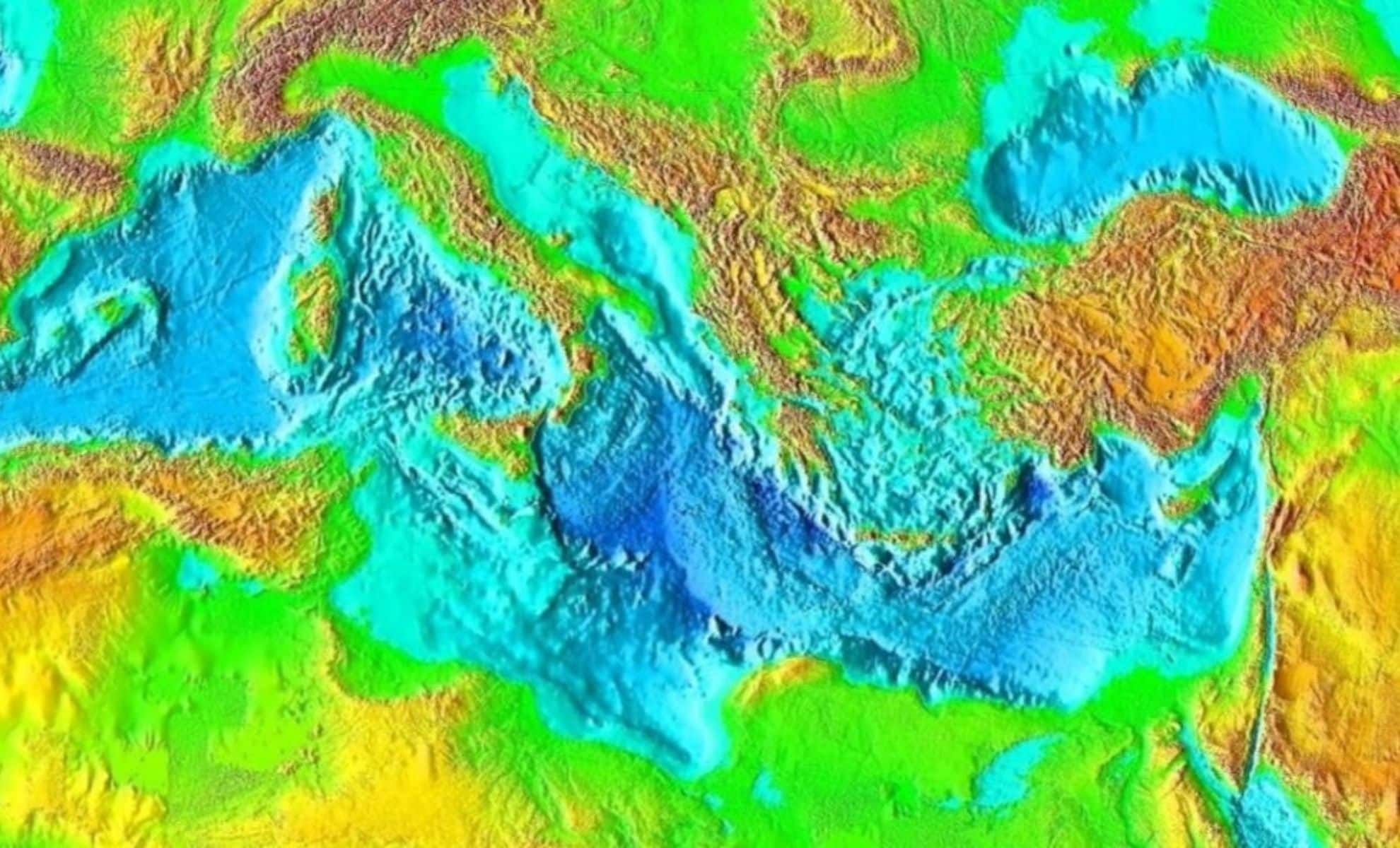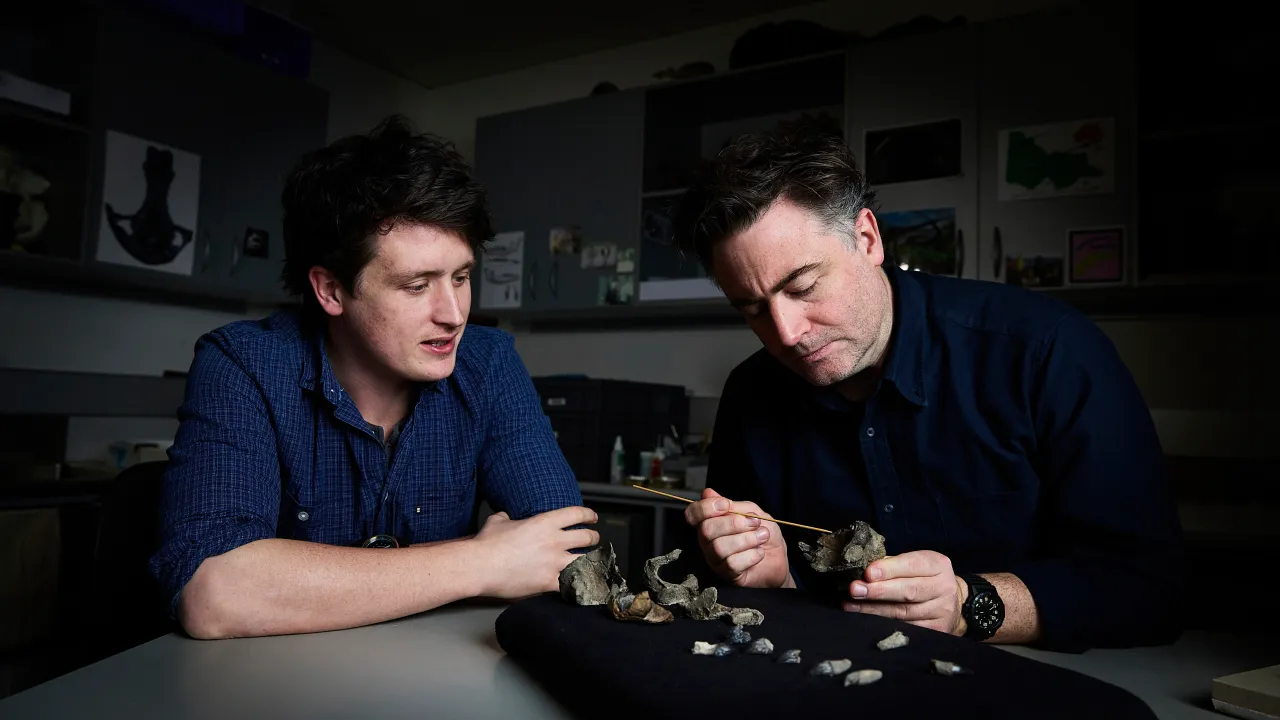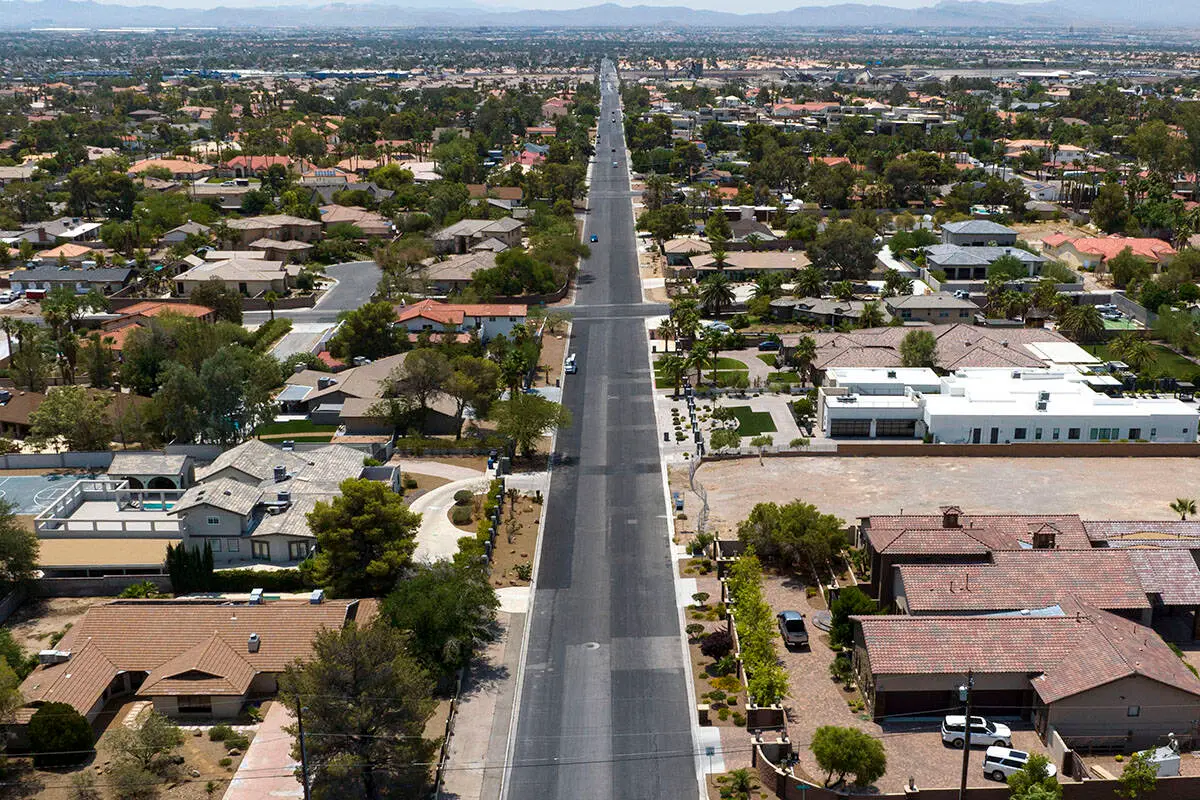
In recent years, advancements in geological research and seismic imaging have led to astonishing revelations beneath Europe’s surface. Perhaps the most captivating discovery has been the unearthing of a vast, 140-million-year-old lost continent hiding beneath the familiar terrains of Europe. This discovery not only rewrites the geological history of the continent but also opens a fascinating window into Earth’s complex geological past, which has remained obscure for millions of years.
The Genesis of the Discovery
For decades, geologists have studied the tectonic movements and seismic activities that have shaped Europe’s landscape. However, recent innovative technologies such as high-resolution seismic imaging, deep Earth tomography, and advanced computer modeling have unveiled astonishing structures deep beneath the Earth’s crust. According to Geologists Uncover 140-Million-Year-Old Lost Continent Hidden Beneath Europe, published in the Indian Defence Review, supports this groundbreaking assertion. The study suggests that this submerged landmass was part of a larger tectonic puzzle, once part of the ancient supercontinent Pangaea, which broke apart during the Jurassic period.
The Significance of the 140-Million-Year-Old Landmass
This submerged continent is believed to have existed during the Jurassic period, a time when dinosaurs roamed the Earth. Its disappearance beneath the European landscape was a gradual process driven by the relentless movements of tectonic plates. These plates, constantly shifting over millions of years, caused parts of the landmass to sink, creating the complex geological layers that modern science is now beginning to decode.
Discovering such a landmass is invaluable because it provides clues about:
- The tectonic history of Europe
- The interactions between different plates and how they have shaped current geological formations
- Previous climate conditions during the Jurassic period
- The potential for undiscovered mineral deposits and natural resources
Implications for European Geological History
The discovery challenges existing notions about Europe’s geological history, which primarily focused on surface features and more recent formations. Instead, it suggests that beneath the familiar landscape lies a hidden, dynamic crustal environment filled with ancient rocks and structures that date back hundreds of millions of years.
Understanding this ancient continent can shed light on the processes that have affected Europe’s topography, seismic activity, and natural resource distribution over millions of years. It also emphasizes the role of tectonic shifts and subduction zones in shaping our planet’s surface.
Technologies Driving the Discovery
The uncovering of this lost continent was possible because of several technological breakthroughs:
- Seismic tomography – It allows scientists to visualize the Earth’s interior, revealing structures that conventional methods cannot detect.
- Deep Earth imaging – High-resolution imaging helps map underground features with exceptional detail.
- Computer simulations – These models integrate seismic data to reconstruct the geological history and visualize ancient landmasses.
The integration of these technologies marks a new era in geology, enabling researchers to look beneath the Earth’s surface with unprecedented clarity.
The Broader Context of Earth’s Tectonic Evolution
The revelation of Earth’s buried continents aligns with the broader scientific understanding that our planet’s surface has been a constantly changing mosaic of land and sea over geological time scales. The concept of lost or sunken continents isn’t unique to Europe; similar findings have been reported in other parts of the world, such as Zealandia near New Zealand and the submerged landmass of Sahul in Southeast Asia.
This discovery underscores the idea that Earth’s surface is far more dynamic than we often perceive, involving processes like continental drift, subduction, and mantle convection. Each new finding contributes to a more comprehensive narrative of how our planet has evolved over billions of years.
Future Directions and Research Opportunities
This groundbreaking discovery is just the beginning. Further research aims to:
- Map the full extent of the submerged continent using advanced geophysical surveys.
- Study its composition and mineral content for potential natural resources.
- Understand the paleogeography and paleoenvironmental conditions during its existence.
- Investigate the tectonic processes that caused its submergence and integration into Eurasian crust.
The potential for interdisciplinary studies combining geology, paleontology, and archaeology promises exciting revelations about Earth’s ancient history and the life that once thrived there.
Conclusion: A New Chapter in Earth’s Geological Legacy
The unearthing of a 140-million-year-old lost continent beneath Europe marks a milestone in geological sciences. It challenges longstanding perceptions, opens new research avenues, and enriches our understanding of Earth’s dynamic history. As scientists continue to explore these hidden structures, humanity gains a deeper appreciation of the planet’s complex and ever-changing nature.
Undoubtedly, this discovery will influence geological theories, resource exploration, and our comprehension of Earth’s past climates and ecosystems for years to come.
For more updated news please keep visiting Prime News World.







